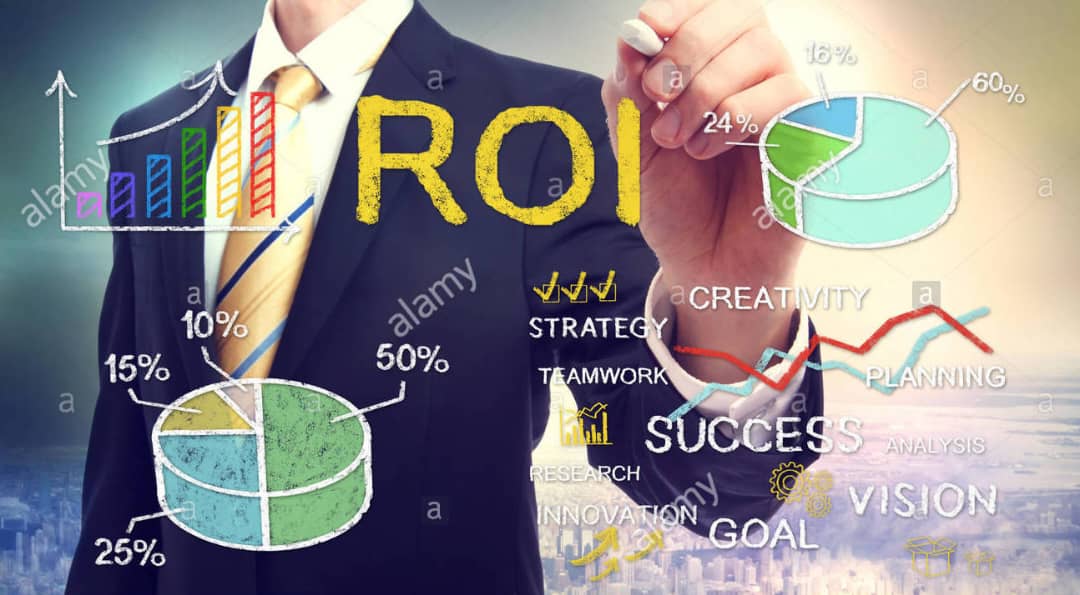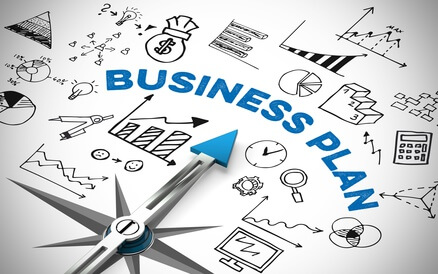Selling is an art that requires patience, perseverance and a well-thought-out sales technique. Any successful sales process follows a cycle of steps that are critical to the overall success of the sales strategy. Each step is designed to bring the potential customer closer to the sale. Understanding the sales cycle and mastering the stages of the sale can help you increase your conversion rates, improve prospect retention, and ultimately achieve your sales signing goals. In this article, we’ll explore the different stages of selling and provide tips and resources to help you optimize your approach or sales pitch.
Introduction to the sales cycle
The sales cycle is a framework that describes the different stages of the sale . It’s a roadmap that guides salespeople through the process of identifying and qualifying potential customers, pitching and demonstrating their product or service, overcoming objections, and finally, closing. sales. The sales cycle is an essential part of any sales strategy and business negotiation. The seller must master it to make the difference between success and failure.
Understand the stages of the sale
The sales cycle typically has five stages: prospecting, qualifying, presenting, resolving objections, and closing the sale. Each stage of the sale is critical to the overall success of the sales method and requires a unique approach.
Step 1: Prospecting and lead generation
The first step in selling is effective prospecting and generation of leads . This step involves identifying potential customers who may be interested in your product or service. Prospecting can be done through a variety of methods, including cold calling , email marketing, social media outreach, and networking. A good salesperson must structure his sales approach to convince the customer.
Once potential customers have been identified, the next step is to qualify them to ensure they are a good fit for your product or service.
Step 2: Qualification of potential customers
The qualification stage consists in determining if the potential customer corresponds to your product or service. This stage of the sale consists of asking questions to identify the client’s needs, budget and decision-making process. Qualifying your potential customers can save you time and resources, as well as have good business efficiency. And that’s by making sure you’re focusing on the right leads to sell.
Step 3: Presentation and demonstration of your product or service
The presentation stage is where you present your product (eg real estate) or service (eg store sale) to the potential customer. This step involves highlighting the benefits and features of your product or service that match the customer’s needs. A successful presentation requires that you are well prepared, have a good understanding of the client’s needs, and be able to effectively sell and negotiate the value of your product or service.
Step 4: Overcome objections and close the sale
The Resolving Objections stage is where you resolve any concerns or objections the customer may have about your product or service. Dealing with objections requires active listening, empathy, and the ability to provide solutions that address customer concerns. You should always anticipate objections.
Once you’ve addressed the customer’s objections, the next step is to close the sale. This step consists of requesting the sale and finalizing the details of the transaction at the sale price. Successful business negotiation requires trust, clarity and a good understanding of the customer’s needs.
Step 5: Follow-up and customer loyalty
The last step in the sales cycle is customer follow-up and retention. This step consists of maintaining a good commercial relationship after the final act of sale, in order to ensure customer satisfaction and loyalty. Follow-up can be done through any sales method, including email marketing, phone calls, and social media posting. A successful sales prospecting strategy can lead to business renewal, referrals and positive reviews.
Tips for mastering your sales cycle
Mastering the sales cycle takes time, practice and patience. Here are some tips to help you optimize your sales approach:
- Fully understand the needs and challenges of your customers.
- Be prepared and organized for the negotiation stages of the sales cycle.
- Use technology and tools to streamline your business techniques.
- Constantly improve your communication and interpersonal skills.
- Stay up to date with industry trends and customer insights.
- Build and maintain strong relationships with your customers.
Tools and resources to optimize your sales cycle
Many tools and resources are available to help you optimize your sales cycle. Here are some of the most popular:
- Customer Relationship Management (CRM) Software
- Sales support software
- Sales training and coaching programs
- Marketing Automation Software
- Social media management tools.
Conclusion
Navigating the stages of a sale can be a difficult task, but by understanding and mastering the sales cycle, you can increase your conversion rates, improve customer retention, and achieve your sales process goals. Remember to always focus on the customer’s needs, be well-prepared at every stage of the sales negotiation, and continuously improve your communication and interpersonal skills. With the right tools, the best sales techniques, and the right resources, you can optimize your sales process and achieve lasting success.
Start optimizing your sales cycle today by implementing some of the tips and tools in this article. Remember that mastering the sales cycle takes time and practice, but with patience and persistence, you can achieve your sales goals and build strong relationships with your customers.
What are the stages of the sales process?
How can I improve my sales skills?
How can I better understand the needs of my customers?
How can I deal effectively with my customers' objections?
How can I successfully close a sale?
How can I retain my customers after a sale?











